




An Introduction to the World of Living Organisms
Have you ever thought about how we respire and grow and how do these various processes occur in our body? Will it be right to say that we are living organisms? To answer these questions, we have to understand the detailed topic of living things and non-living things. Living means being alive. Living things can change their place on their own, they can breathe and show other features which we are going to discuss below. Non-living things do not have life. They cannot feel any emotions or pain.
In this article, we will learn living things' names, living things for kids and characteristics of living things for kids. So to understand all these things, let's first see what different living organisms are there in the world then we will go through the living things and nonliving things examples.
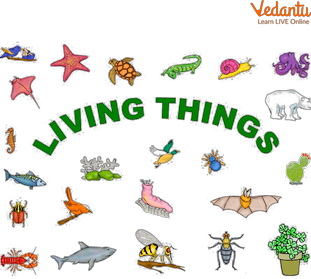
Living Things
What Are Living Things?
A living thing refers to any organism that possesses the characteristics of life or being alive. In simple words, a living thing is anything that has life. There are a variety of living things around us. Living things carry out metabolic activities inside our bodies to generate energy. Living things have a definite life span, they don’t live forever.
Characteristics of Living Things
Living things have various types of characteristics. The fundamental characteristics are as follows:
Ability to Interact: Living things can interact with other organisms. Different organisms interact with other organisms through various modes. For example, humans interact through their actions and words.

Human Interaction
Made Up of Cells: Living things are made up of cells. The cell is the basic unit of life. For example, amoeba is an organism of a single cell known as a unicellular organism, e.g. bacteria and yeast. Some organisms are made of many cells called multicellular organisms, e.g. humans.
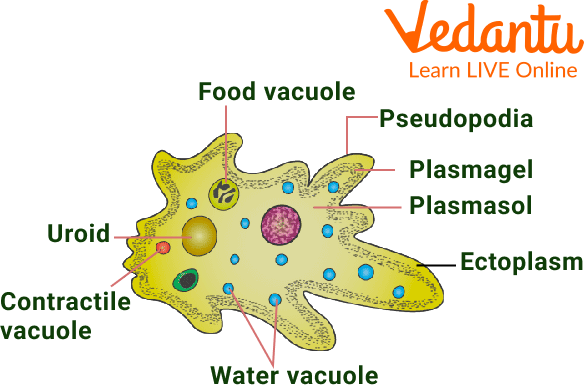
Amoeba
Living Things Need Food: Living things get energy from food and it is necessary for their growth. Many animals are dependent on other animals for their food and many animals eat plants for their survival.
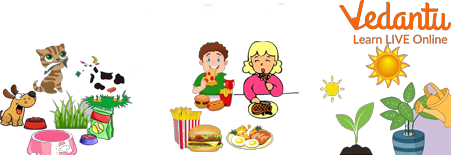
Food and Water for Living Things
Respire: As we all know, we breathe in oxygen and carbon dioxide. This process is called respiration. Plants also respire.
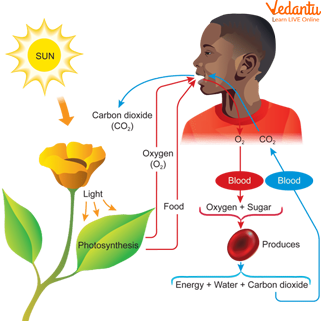
Respiration
Response to Stimuli: All living organisms respond to stimuli such as touch, light, heat, and sound. This is also called sensitivity. Living things are capable of rapid changes in the environment.
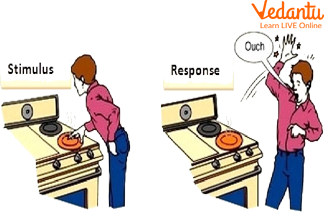
Stimulus and Response
Living Things Grow: We often see in our surroundings small plants growing into trees, newborn babies turning into a child and then into an adult. Hence, living things have the ability to grow.
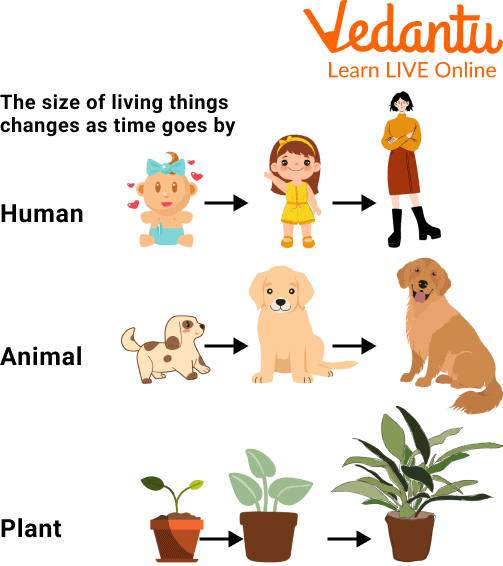
Growth in Living Things
Ability to Reproduce: Reproduction is an important characteristic of all living organisms. It is the process of producing offspring from parents; example, humans reproduce to give birth to children and plants reproduce through seeds.
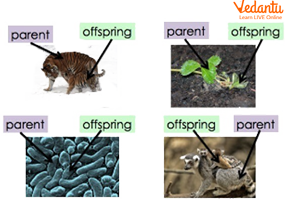
Reproduction in Various Living Organisms
Difference Between Living Things and Non-living Things
All these differences make living things different from non-living things.
Are Plants Living Things?
Yes, plants are living things as they have all the characteristics of living things, they reproduce, grow, need nutrients, excrete waste products, etc.
Examples of Living and Non-living Things
Interesting Facts About Living Things
Living things contain DNA.
They excrete to remove waste material from the body.
Living things respond to their environment.
Living things show movement.
They grow, develop and die.
Summary
All living things undergo growth and reproduction. There is a relationship between animals and plants and how every living thing depends on other living things as well as non-living things, and the environment to live in each day; eg: for respiration and for food and shelter. Animals release carbon dioxide that is used by plants for the process of photosynthesis (the process by which plants prepare their own food). Living beings are different from non living things in various aspects like growth, reproduction, digestion, metabolism, and homeostasis. Some living things examples are animals, plants, humans, birds, etc. Some examples of non-living things are chairs, beds, pens, etc. In this article, we have discussed the characteristics of living things for kids and what makes living things different from nonliving things.
FAQs on Learning About Living Things
1. Animals grow till a certain age whereas plants grow throughout their life, Why?
Animals grow for a limited period after which their growth stops and they ultimately die. Plant growth is unique because plants have the capacity for unlimited growth throughout their life. The cells of such meristems can divide and self-perpetuate. Apart from this, meristematic tissue contains undifferentiated cells, which are the building blocks of plant structures. They contain living cells with varied shapes which is why plants grow throughout their life. Animals grow only up to a certain age after that their growth stops.
2. How are living beings classified?
Living beings are classified into five kingdoms based on their characteristic features. The five kingdoms are animal, plants, fungi, protista and monera.
3. Why do living things move?
Living things move to fulfil their requirements for food, shelter, clothing, etc. They need to do work to continue their life happily. Living things move because they need to escape and hide from their enemies. Plants can not change their place but can move their leaves and small branches with the effect of wind.









